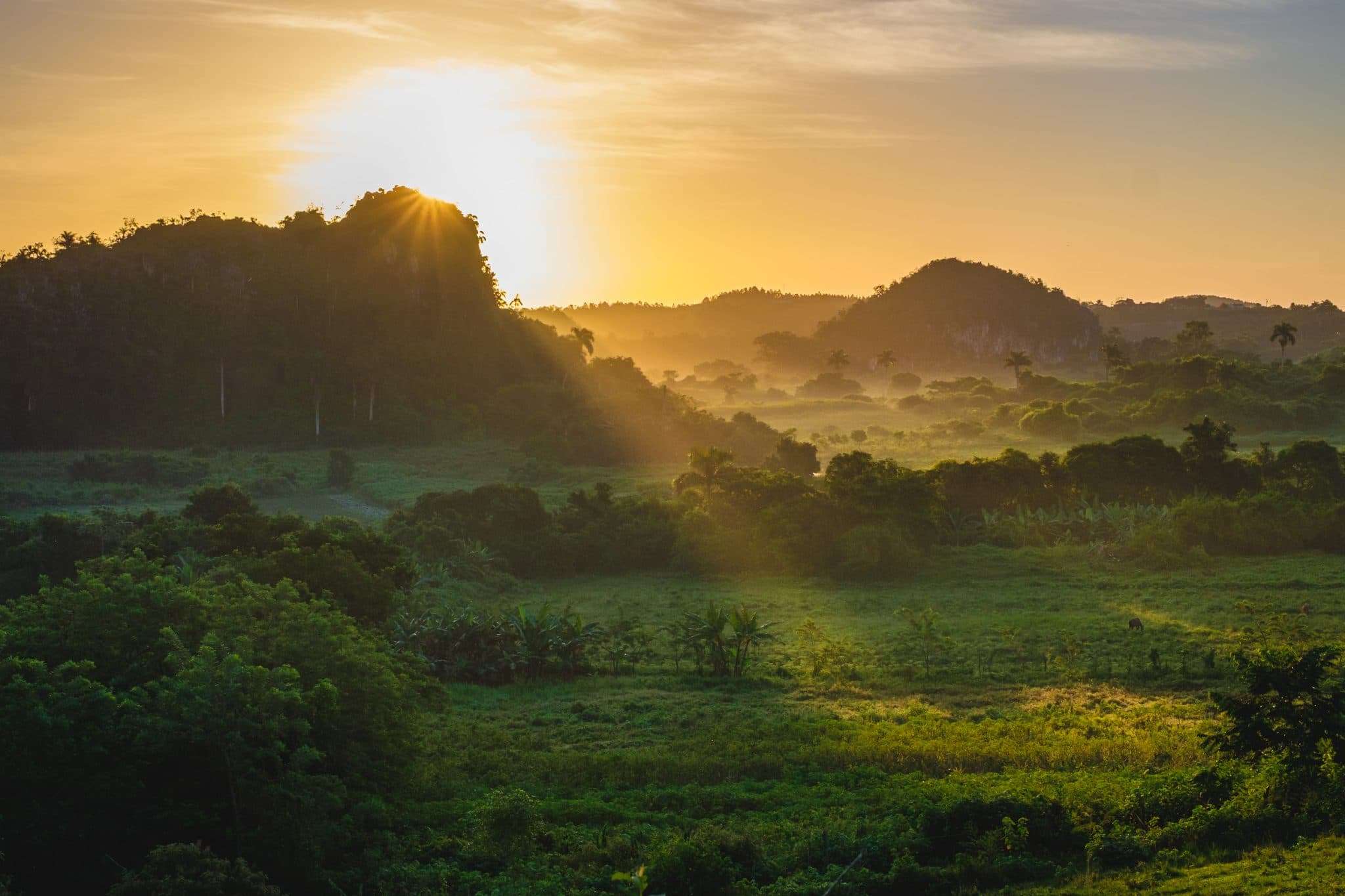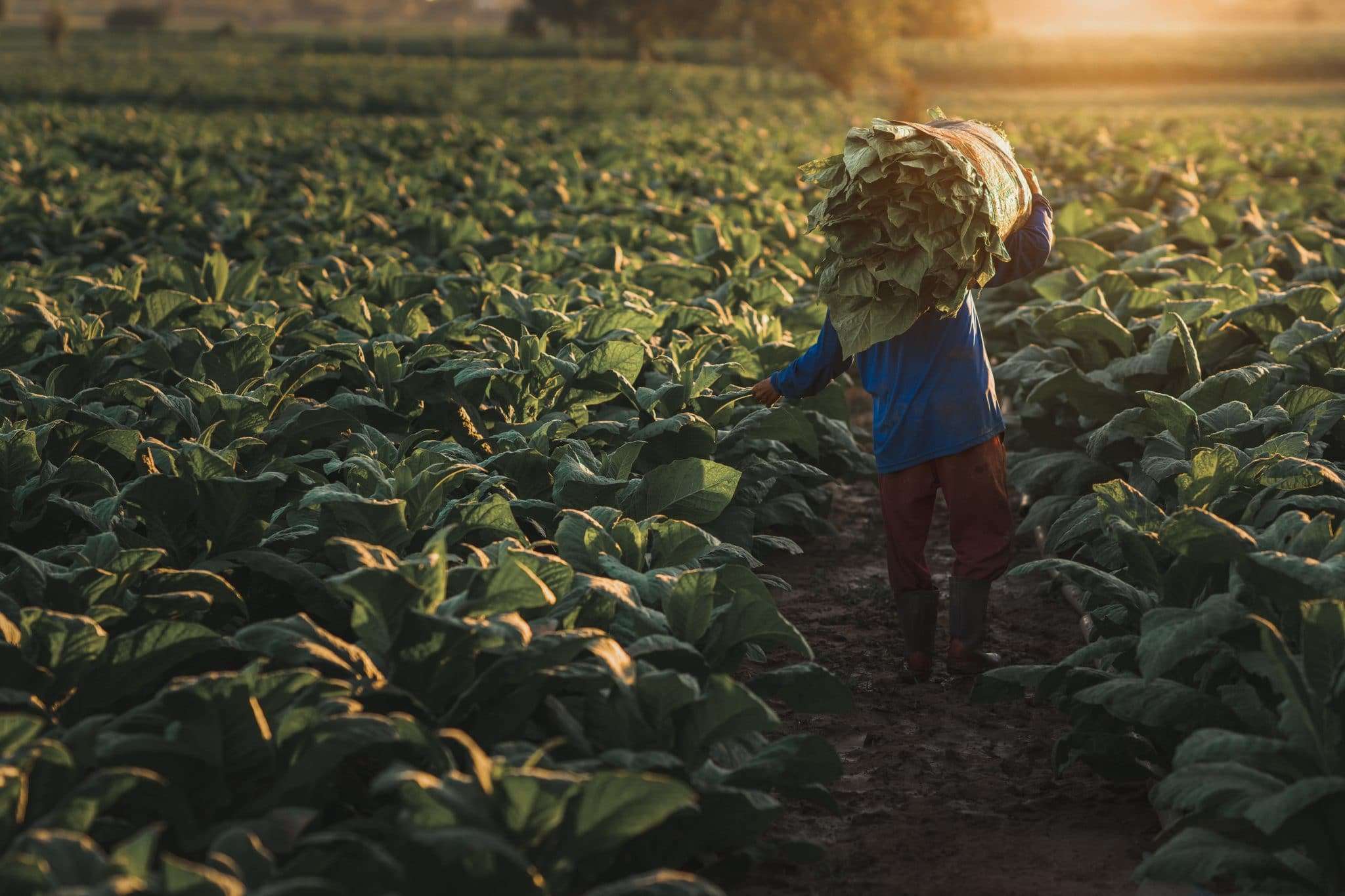If there’s a pariah of the plant world, it’s tobacco. But for anthropologist Jeremy Narby, PhD., it’s a window deeper into humans and the natural world.
In the U.S. alone, cigarette smoking is responsible for nearly half a million deaths a year—more than 1,300 a day. It’s not just smokers at risk, either—more than 40,000 people die from secondhand smoke every year. All totaled, tobacco is responsible for one in five deaths annually, according to the Centers for Disease Control and Prevention. Globally, tobacco claims two million lives a year.
It’s easy to lump tobacco into the poison pile and never look back. But anthropologist Jeremy Narby wants us to take another look.
In his recent book Plant Teachers: Ayahuasca, Tobacco, and the Pursuit of Knowledge—his first in more than 15 years, Narby, alongside co-author Rafael Chanchari Pizuri, a native Indigenous elder of the Shawi people of Peru, explores two of South America’s most important botanicals: tobacco and ayahuasca—a psychedelic brew made from the Banisteriopsis caapi vine with the leaves of the Psychotria viridis shrub.
“I’ve never been a tobacco consumer,” Narby told Ethos over a Zoom call. “It’s just not my plant.”
Narby, a Canadian anthropologist now based in Switzerland, has immersed himself in Indigenous cultures—particularly psychedelic plants and the DMT-rich ayahuasca, which he says he’s drunk at least 70 or 80 times.
But he was called to explore nicotine more deeply in this book.
“I’ve been surrounded by tobacco people. I actually grow tobacco. I like the plant itself, but consuming it is just not my cup of tea,” he says.
Nicotine and the human body
The human body contains an array of nicotine receptors—a discovery that led scientists to understand that cells have receptors for all kinds of things (including cannabinoids found in cannabis).
“It’s not that the body is built to receive nicotine, it’s actually [that] it uses acetylcholine. It uses different substances to communicate between cells and between neurons. And it so happens that nicotine imitates the structure of acetylcholine, so the receptors for acetylcholine were initially called nicotinic receptors,” Narby explains.
There are nicotinic receptors all over the body. And, he says, that’s also why nicotine has such a “deep impact” on the human body.

According to Narby, what’s most interesting is that what nicotine does by fitting into those receptors is “it liberates all other kinds of brain hormones like adrenaline, or dopamine or serotonin so that the experience you have of nicotine is also the experience you have of your own hormones that nicotine has stimulated.” For smokers, this is familiarly a tobacco rush—adrenaline pumping through the body that increases heart rate.
The tobacco plant’s impact on acetylcholine receptors also makes it an effective insecticide. Narby compares it to snake venom. “Snake venoms are small proteins called peptides, and some of these snake venoms fit into the same receptors and block them. If you want to paralyze animals, you can’t really do much better than meddling with their acetylcholine receptors,” he says. “You want to paralyze an animal, you block its acetylcholine receptors. And as you start to understand nicotinic receptors, the presence of nicotine inside the tobacco plant, itself, well, you can see the arms race that sometimes exists in nature.”
All of this may explain why the Indigenous cultures may be so attached to tobacco from a practical sense—it’s not just that it’s physically addictive; it’s been used as an antiseptic, sedative, purgative, and for pain relief.
Plant spirits
But for Indigenous cultures, there’s a spiritual relationship as well—certainly to the hallucinogenic properties in ayahuasca, but also, and more often, to tobacco.
Believing there’s spirituality in plants is second nature to cultures where it’s been a way of life for thousands of years, but for the Westerner, it’s a bigger pill to swallow.
“I try to believe as little as possible,” Narby says. “I mean, nobody escapes, believing certain things. But I’m more interested in knowing, and I’m quite fine with not knowing.” Some things, he says, are not knowable.
“There’s the whole question of spirit,” he says. “I mean, spirit really is a Western concept. So I think it’s important to be careful with the words that one uses. And so in this, it’s a Western word spirit. This means the breath of God in Latin, it implies an immaterial principle, its spirit as opposed to matter,” he says.
“When you ingest the plant, you meet the ‘mother of tobacco’; anthropologists say this is the spirit of tobacco. But as [Pizuri] discusses in the book, [the tribes] have a hard time with the word spirit. That’s not what they mean when they talk about a plant having a mother or an owner or an essence. They’re not saying that it’s immaterial,” he says.
“To start with, most of the time these entities are animating living organisms—most of the time that is invisible or otherwise immaterial. But sometimes they become visible, as with tobacco and ayahuasca. You can see these entities here then and interact with them,” he says.

Narby says he’s had these experiences without a belief system. With ayahuasca, specifically, Narby says after drinking the brew he’s found himself “in the presence of what seemed like powerful independent entities that told me what a small human being I was, and showed me all kinds of things that I found surprising,” he says. “It’s not a question of believing it’s that you see this and then you can think about it afterwards, because you will remember. And then it is how you interpret it.”
The interpretation—those interpretations also called integration—are critical after psychedelic experiences. Hallucinogens from psilocybin to ayahuasca, along with therapy, are being explored as viable alternatives to antidepressants and conventional treatments for a variety of mental health and substance abuse issues.
While tobacco is no stranger to Western culture, these other plants have only begun to experience mainstream attention. Celebrities have spoken about their experiences with psychedelics. Jada Pinkett Smith credited them for relieving her of what she called “crippling” depression.
Narby says to personify a plant like this is a way to get a deeper understanding of what one is dealing with—even if science categorically proves there are no plant “spirits” or entities.
“That does not change the fact that allowing oneself to personify such a powerful plant helps understand it in human terms,” he says.
This is the crux of the book, says Narby. It’s about cultivating mutual respect, even if coming at it from two totally different vantage points.
The Amazon
That understanding may have more of an impact than whether or not plants have spirits, or the use of plants for our own mental health.
The current Indigenous population is ten times smaller than it was 500 years ago. Add to that the scores of Westerners coming to extract the plant medicines like ayahuasca to bring back to the U.S.
It’s not that the locals don’t want Westerners to come, he says, but like the industries razing the forests, there’s often a lack of respect.
“They want to come for healing. They’re welcome. It actually makes sense to them that gringos need healing,” Narby says. “But [westerners] are sort of like vampires obsessed with extraction.”
That extracting is nowhere more evident than the shrinking size of the Amazon. It’s currently losing more than 10,000 acres a day—beef is the leading cause of the forest’s destruction; Brazil is the largest beef-producing country in the world. Relaxed regulations by Brazil’s president Jair Bolsonaro has seen some of the most destructive losses to the Amazon in recent decades.

The urgent climate and human rights crises happening in the Amazon are what Narby says is a battle not just for the forest but for those who call it home. Activists like actor Leonardo DiCaprio have been vocal about the region being ravaged by oil and beef companies logging and encroaching on communities who’ve lived inside these forests for thousands of years.
“Some of the tribes are now using ayahuasca for organizing and creating alliances amongst themselves where there were years of differences between them. There’s nothing like having a common enemy,” he says.
“There are hundreds of indigenous leaders that have been murdered by illegal loggers, fishers, or gold seekers,” Narby says. “The forest is under siege, the territories are under siege, the plants and animals are under siege,” he says.
“It’s been one long difficult scene for Indigenous Amazonian people.”


